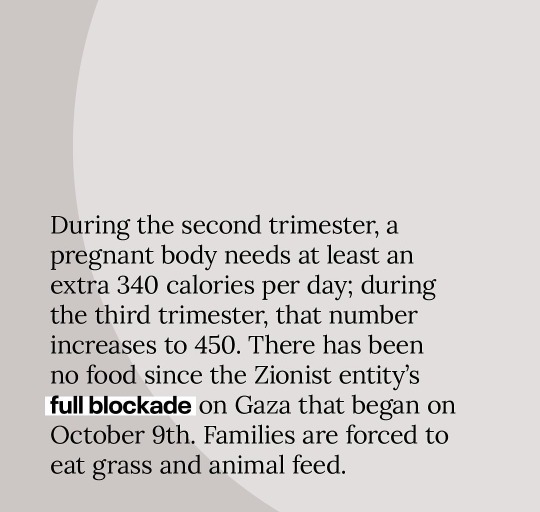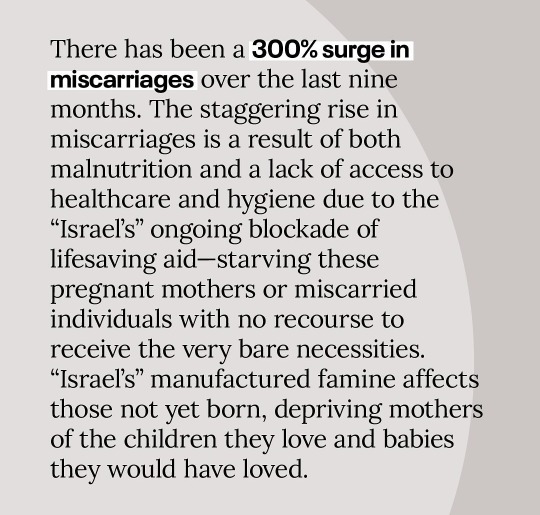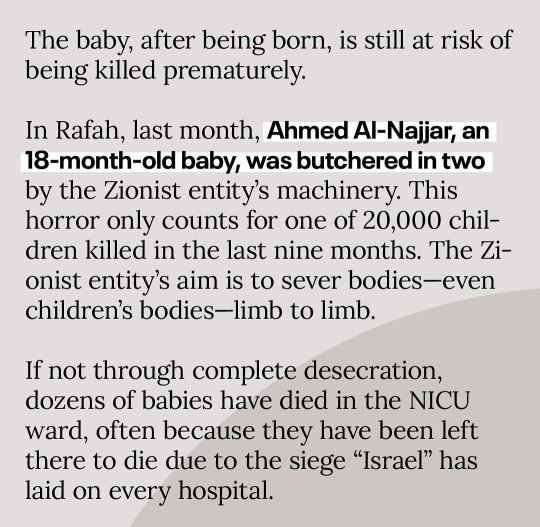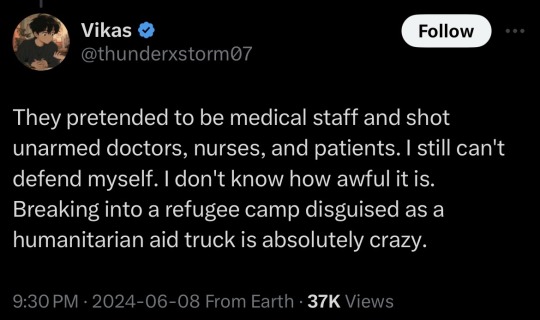¬ leyla ¬ she/her ¬ Istanbul (for more antics, see: dollyskitty)
Don't wanna be here? Send us removal request.
Text
to my daughter, I leave my millions of pinterest boards, my oddly specific spotify playlists, and my concerning tumblr posts
7K notes
·
View notes
Photo
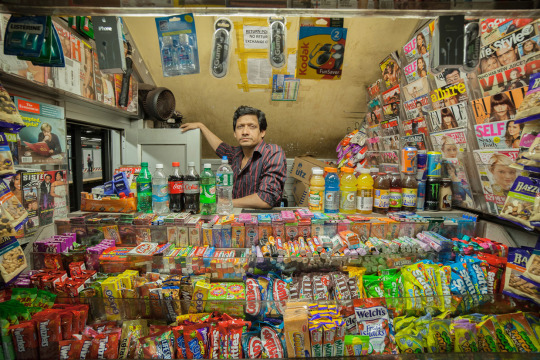
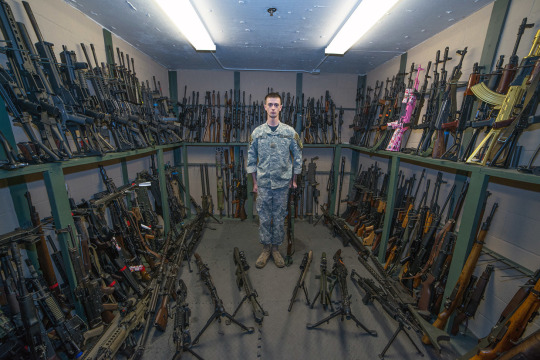



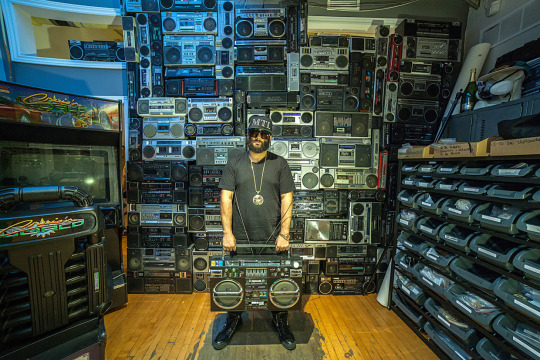

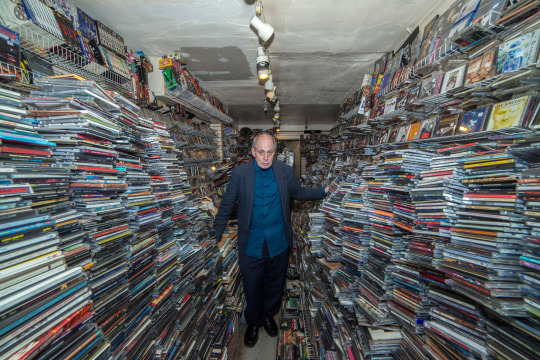
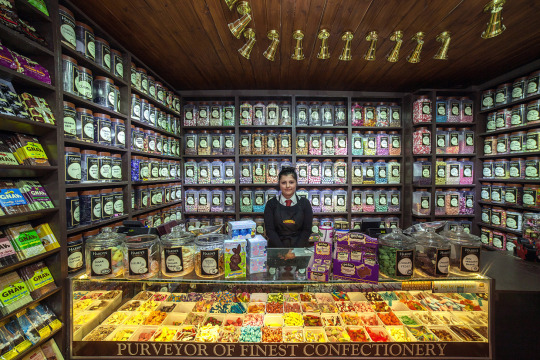
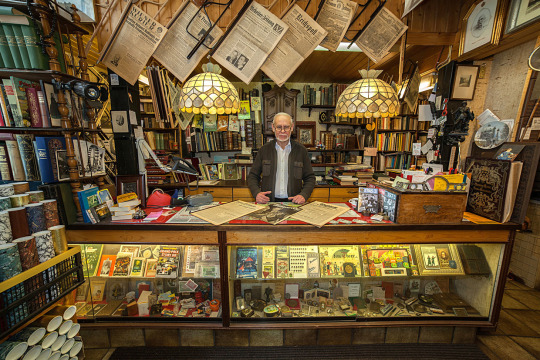
The Guardians | Vladimir Antaki
These places are sometimes magical, overloaded with elements, colours and stories, guarded by these characters who are sometimes touching, funny, quirky, and at times frightening.
The photos that I take are often the only memory that this “Guardian” will have of him/herself in their daily environment. This photo can be the only visual record of the existence of this place, the only photographic memory. People pay less and less attention to their environment. They are always in a hurry, they don’t take the time to spend time with one another. Unfortunately, these places will one day no longer be around. This is one of the reasons that compelled me to want to document these “guardians”.
SoP | Scale of Work
18K notes
·
View notes
Photo




Fontainebleau State Park, Louisiana by Lana Gramlich
109K notes
·
View notes
Text


'Bran’s wolf had saved the boy’s life, he thought dully. What was it that Jon had said when they found the pups in the snow? Your children were meant to have these pups, my lord. And he had killed Sansa’s, and for what? Was it guilt he was feeling? Or fear? If the gods had sent these wolves, what folly had he done?'
1K notes
·
View notes
Text
A doctor discovers an important question patients should be asked
This patient isn’t usually mine, but today I’m covering for my partner in our family-practice office, so he has been slipped into my schedule.
Reading his chart, I have an ominous feeling that this visit won’t be simple.
A tall, lanky man with an air of quiet dignity, he is 88. His legs are swollen, and merely talking makes him short of breath.
He suffers from both congestive heart failure and renal failure. It’s a medical Catch-22: When one condition is treated and gets better, the other condition gets worse. His past year has been an endless cycle of medication adjustments carried out by dueling specialists and punctuated by emergency-room visits and hospitalizations.
Hemodialysis would break the medical stalemate, but my patient flatly refuses it. Given his frail health, and the discomfort and inconvenience involved, I can’t blame him.
Now his cardiologist has referred him back to us, his primary-care providers. Why send him here and not to the ER? I wonder fleetingly.
With us is his daughter, who has driven from Philadelphia, an hour away. She seems dutiful but wary, awaiting the clinical wisdom of yet another doctor.
After 30 years of practice, I know that I can’t possibly solve this man’s medical conundrum.
A cardiologist and a nephrologist haven’t been able to help him, I reflect,so how can I? I’m a family doctor, not a magician. I can send him back to the ER, and they’ll admit him to the hospital. But that will just continue the cycle… .
Still, my first instinct is to do something to improve the functioning of his heart and kidneys. I start mulling over the possibilities, knowing all the while that it’s useless to try.
Then I remember a visiting palliative-care physician’s words about caring for the fragile elderly: “We forget to ask patients what they want from their care. What are their goals?”
I pause, then look this frail, dignified man in the eye.
“What are your goals for your care?” I ask. “How can I help you?”
The patient’s desire
My intuition tells me that he, like many patients in their 80s, harbors a fund of hard-won wisdom.
He won’t ask me to fix his kidneys or his heart, I think. He’ll say something noble and poignant: “I’d like to see my great-granddaughter get married next spring,” or “Help me to live long enough so that my wife and I can celebrate our 60th wedding anniversary.”
His daughter, looking tense, also faces her father and waits.
“I would like to be able to walk without falling,” he says. “Falling is horrible.”
This catches me off guard.
That’s all?
But it makes perfect sense. With challenging medical conditions commanding his caregivers’ attention, something as simple as walking is easily overlooked.
A wonderful geriatric nurse practitioner’s words come to mind: “Our goal for younger people is to help them live long and healthy lives; our goal for older patients should be to maximize their function.”
Suddenly I feel that I may be able to help, after all.
“We can order physical therapy — and there’s no need to admit you to the hospital for that,” I suggest, unsure of how this will go over.
He smiles. His daughter sighs with relief.
“He really wants to stay at home,” she says matter-of-factly.
As new as our doctor-patient relationship is, I feel emboldened to tackle the big, unspoken question looming over us.
“I know that you’ve decided against dialysis, and I can understand your decision,” I say. “And with your heart failure getting worse, your health is unlikely to improve.”
He nods.
“We have services designed to help keep you comfortable for whatever time you have left,” I venture. “And you could stay at home.”
Again, his daughter looks relieved. And he seems … well … surprisingly fine with the plan.
I call our hospice service, arranging for a nurse to visit him later today to set up physical therapy and to begin plans to help him to stay comfortable — at home.
Back home
Although I never see him again, over the next few months I sign the order forms faxed by his hospice nurses. I speak once with his granddaughter. It’s somewhat hard on his wife to have him die at home, she says, but he’s adamant that he wants to stay there.
A faxed request for sublingual morphine (used in the terminal stages of dying) prompts me to call to check up on him.
The nurse confirms that he is near death.
I feel a twinge of misgiving: Is his family happy with the process that I set in place? Does our one brief encounter qualify me to be his primary-care provider? Should I visit them all at home?
Two days later, and two months after we first met, I fill out his death certificate.
Looking back, I reflect: He didn’t go back to the hospital, he had no more falls, and he died at home, which is what he wanted. But I wonder if his wife felt the same.
Several months later, a new name appears on my patient schedule: It’s his wife.
“My family all thought I should see you,” she explains.
She, too, is in her late 80s and frail, but independent and mentally sharp. Yes, she is grieving the loss of her husband, and she’s lost some weight. No, she isn’t depressed. Her husband died peacefully at home, and it felt like the right thing for everyone.
“He liked you,” she says.
She’s suffering from fatigue and anemia. About a year ago, a hematologist diagnosed her with myelodysplasia (a bone marrow failure, often terminal). But six months back, she stopped going for medical care.
I ask why.
“They were just doing more and more tests,” she says. “And I wasn’t getting any better.”
Now I know what to do. I look her in the eye and ask:
“What are your goals for your care, and how can I help you?”
-Mitch Kaminski
Source
120K notes
·
View notes
Text

According to the Palestinian Prisoner’s Club, the occupation released the prisoner Moaziz Abayat after several months of detention, where he was subjected to a systematic assassination attempt during his time in “Ofer” Prison.
He faced systematic and brutal assaults that included the breaking of all his limbs, visible in circulating videos, and he was left without treatment until his liberation.
It is worth noting that Moaziz is the nephew of martyr Hussein Abayat, who was martyred 24 years ago in 2000 during the Second Intifada. His uncle was one of the early founder’s of Al-Aqsa Martyrs’ Brigades in the southern West Bank and became one of the occupation’s most wanted resistance fighters due to his executing of several significant resistance operations which killed and wounded many zionist soldiers.
After receiving treatment for the first time since his abduction, the barbaric torture Moaziz endured and witnessed at the hands of zionist soldiers has become even clearer in a video where he is heard saying,
“They killed me…put me in a bag, in a black bag. I have been martyred…”
Resistance News Network
9K notes
·
View notes
Text
I was thinking earlier about this post in which Zionists were flabbergasted that I pointed out Israel’s "shoot to maim" policy, which has resulted in a generation on crutches in Gaza between 2018 and 2019.
Of course, Zionists were trying to paint this as a stand-alone policy that Israel possibly came up with out of desperation of trying to contain Palestinians demanding for the siege to be lifted, a policy for which Palestinians should be thankful Israel isn’t killing but disabling Palestinians instead by sniping their kneecaps.
But here’s the thing: Israel’s policy of "shoot to maim" can only be understood as an extension of Israel’s policies from throughout the years of breaking the bones of Palestinians, and I mean that in the literal sense.
How many of you are aware of Israel’s policy from the first Intifada of 1988, which was literally dubbed the "break their bones policy"?
This policy was initiated by then Israeli defence minister Yitzhak Rabin, who ordered and instructed Israeli soldiers to break the bones of Palestinian protestors with stones.
This was in 1988, over 35 years ago. Footage of Israeli soldiers capturing visibly unarmed, civilian protestors, hammering their elbows with bricks was broadcasted on TV screens everywhere. To this day I cannot unsee the gruesome footage, still etched in my mind as a stark example of Israel’s cruelty.
During the first Intifada, nearly 30,000 Palestinian children sustained injuries due to beatings alone. And here we are, in 2024, where in Gaza alone, 10 children lose a limb every single day.
At this stage, you cannot view Israel’s terrorism as anything but connected; a continuance. All of these policies are connected by the same genocidal mindset of trying to break a people, both literally and figuratively, for decades on end.
7K notes
·
View notes
Text
netizens are desensitising gruesome things that are taking place in Palestine.
even the internet’s reaction to graphic things such as - pictures of injured children, civilians stuck under rubble, dead bodies of families in their destroyed homes etc. is beyond underwhelming.
DO NOT NORMALISE GENOCIDE.
BREAK THE STIGMA.
#save palestine
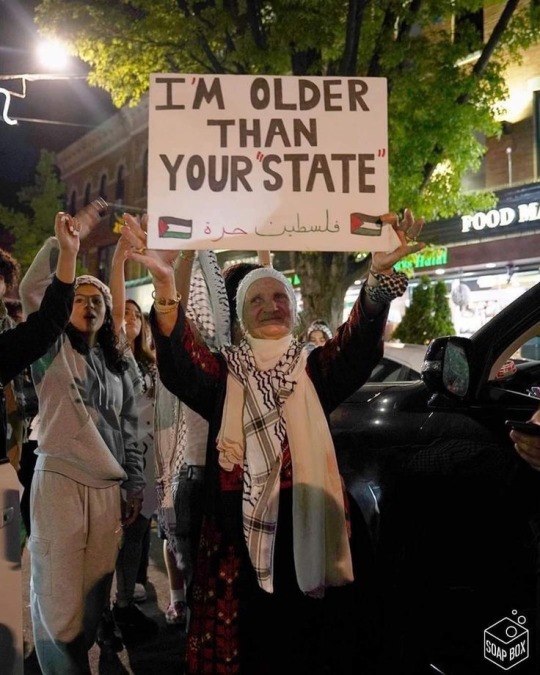
32K notes
·
View notes
Text
General list of some verified gfms that have reached out to me:
Momen Alostaz - €8,947 raised of €70,000 goal
Wafaa and her family - €8,530 raised of €35,000 goal
Eman Abuhayya - $41,364 AUD raised of $85,684 goal
Shahad Abumousa - $9,695 raised of $40,000 goal
Abdallah Alanqar - €6,680 raised of €35,000 goal
Firas Salem - €29,041 raised of €65,000 goal
Little Yusuf & his family - €38,310 raised of €85,000 goal
Issam Aziz - €2,835 raised of €7,000 goal
Fadi Sharif - $29,885 raised of $62,500 goal
Ruba Abushaban - €20,675 raised of €55,000 goal
Ahmd Iyd - £9,031 raised of £150,000 goal
Hadi Abudaya - $1,121 CAD raised of $17,732 goal
Mahmoud Balousha - €10,775 raised of €50,000 goal
Bilal salah - €32,624 raised of €70,000 goal
Ahmed Shaqqoura - €10,159 raised of €45,000 goal
Anas family - $7,880 raised of $20,000 goal
Marah Salem - €10,376 raised of €55,000 goal
(6/5/2024)
20K notes
·
View notes
Text
I understand that you are weary of keeping up with this, tired of watching this war unfold, and exhausted by the endless stream of pictures and videos. You are worn out by death, drained by sorrow, and, perhaps, even by us.
We apologize for burdening the world with our news, but what you are tired of seeing, we endure every single day, every hour, every minute, and every second.
We do not have the luxury of pausing this horror to catch our breath, nor to give you respite. Your solidarity, however, reminds us that the world has not yet grown numb to injustice, to killing, or to devastation.
What we ask of you may feel overwhelming, but please remember that we have so much love, goodness, and generosity to share with the world when this war finally ends. We, too, cherish life.
So, bear with us a little longer, and please, do not forget us.
To know the real Palestine, join our raffle to get a chance to taste Palestinian heritage and celebrate it directly from Ramallah.
Written by Ezzideen Shehab
6 June
Jabalya
4K notes
·
View notes
Text
"Stop the genocide. 15,000 children are dead because of you. You're a murderer."
@codepink-for-peace activists confronted US Vice President Kamala Harris on "Jimmy Kimmel Live!"
They were forcefully removed, assaulted, and illegally detained by the show's security.
4K notes
·
View notes
Text
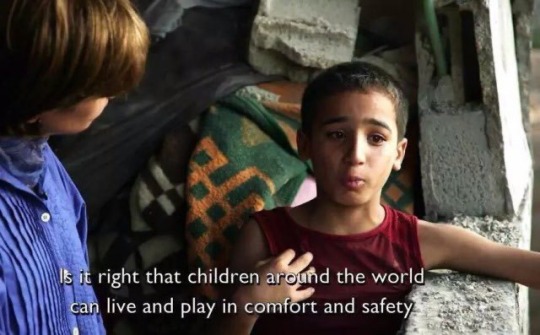
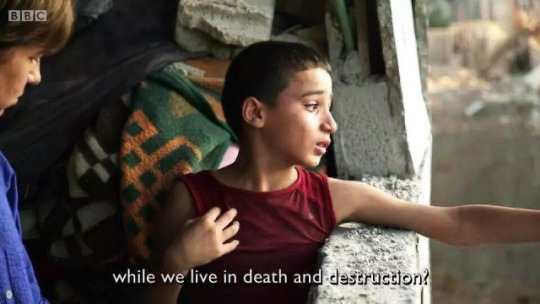
2015 BBC Interview With 12-year-old Boy After Israeli Snipers Shoot Children On Gaza Beach
Here is an important example of what life was like for the children of Gaza before October 7.
In a 2015 BBC interview, Syed shared his experience:
Syed's life was shattered on the day the 12-year-old, his 11-year-old brother Mohamed, and their six cousins went to Gaza's beach to play football.
It was the natural playground for young boys from a family of fishermen which has lived off the sea for generations.
"We didn't know that beach was dangerous," says Syed
His eyes still, round, sad pools, as he remembers 16 July, one of the most harrowing days of the war.
By the end of that day, Mohamed and three of his cousins were dead. An Israeli investigation said its air force mistook the children for Hamas fighters when a pilot fired twice at a "compound" next to the beach.
Syed and the three other boys who survived still show small scars on their legs and disturbing signs of being severely traumatised.
"For the son I lost, my tears will never dry," says his mother. But she fears she lost two sons last summer.
"Those left behind are lost like those who died," she laments, as she looks across their small one-bedroom home at Syed, who stares blankly into the distance.
Syed finds it hard to sleep, and too tough to go to school because it reminds him of his brother. Even the sea, which had been a constant reference point in his life, no longer feels safe. "I never used to get scared, but now I do," he tells me as we ride in a speed boat close to the shore and he fiddles nervously with the cords of his life jacket.
ID: via The Slow Factory Access
2K notes
·
View notes


